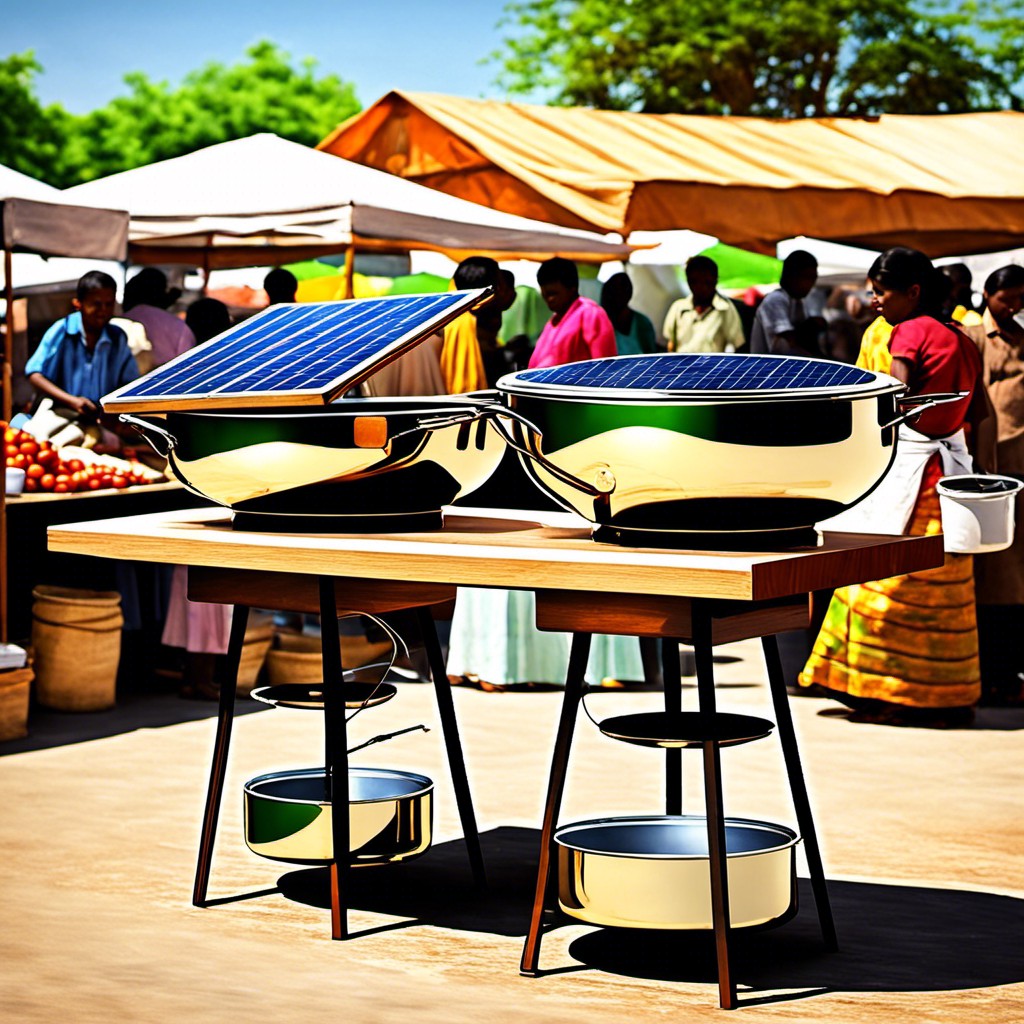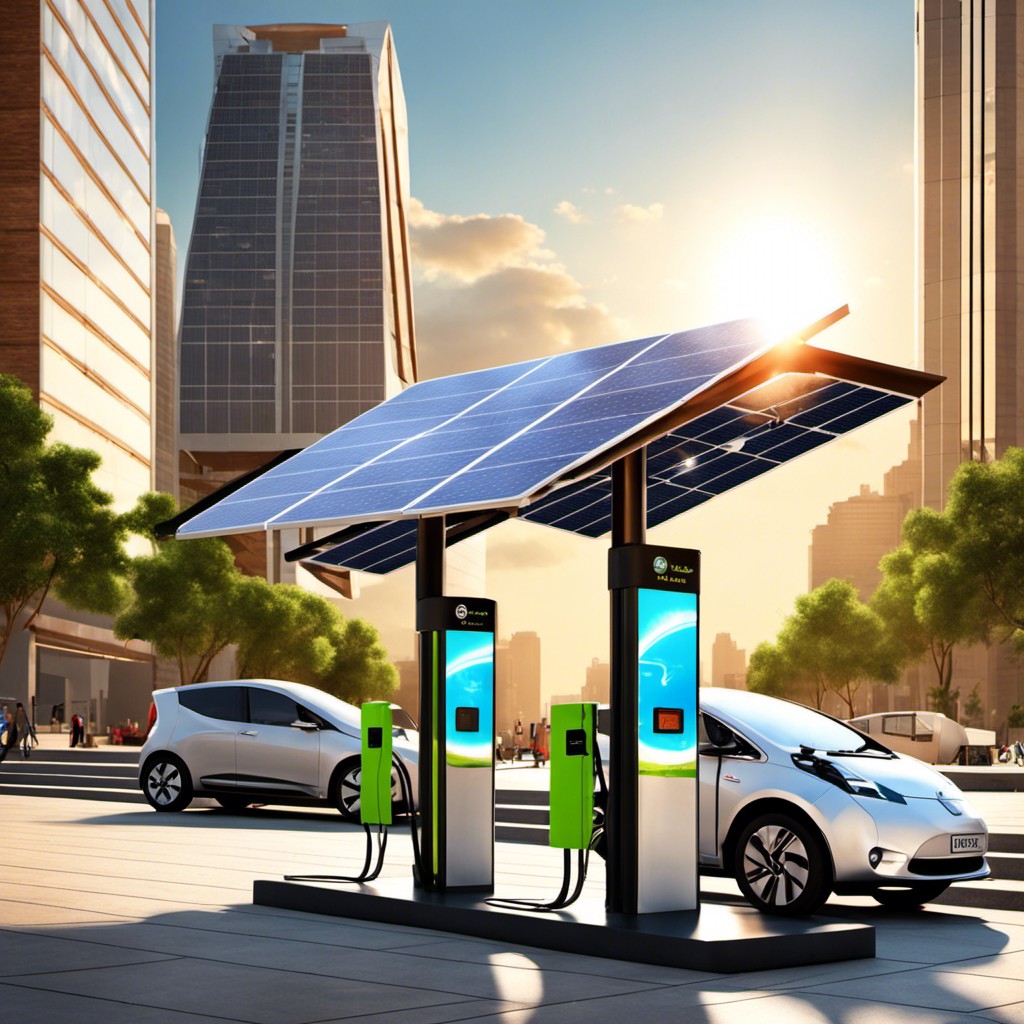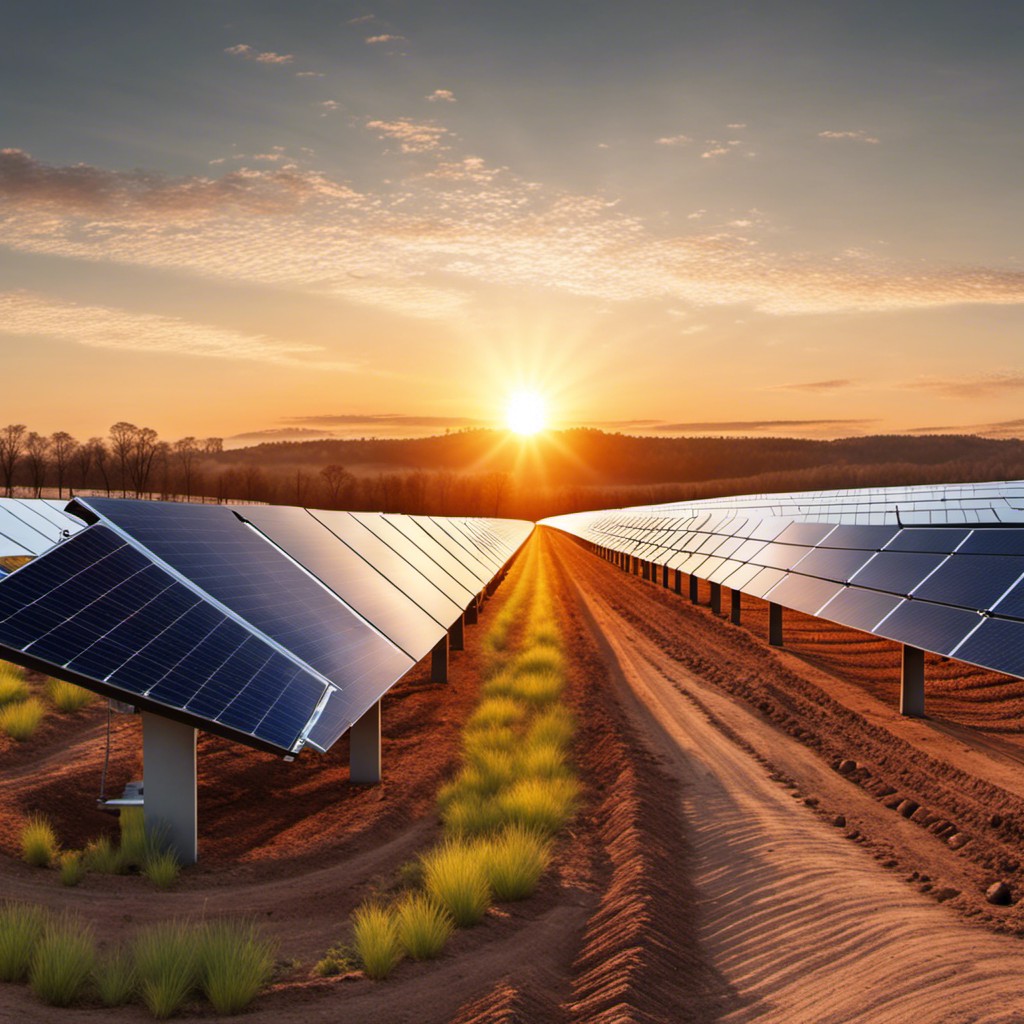Dive into the dynamic world of the solar inverter market as we explore its current trends, key players, and future projections in this comprehensive analysis.
As the heart of a photovoltaic system, solar inverters play a crucial role in the conversion of sunlight into usable electricity. The global solar inverter market has been showing strong growth, driven by increasing solar energy installations and government policies supporting renewable energy.

In 2020, the market size was valued at USD 12.8 billion and it’s projected to reach USD 22.7 billion by 2027, growing at a CAGR of 8.6%. This article delves into the key statistics of the solar inverter market, offering insights into market size, growth rate, key players, regional analysis, and future trends.
Stay with us to uncover these comprehensive details.
2022 saw an increase in global PV inverter shipments to more than 330 GWac
This surge in global PV inverter shipments showcases a positive trend towards renewable energy, with a record-breaking 330 GWac in solar inverter hardware moving worldwide in 2022.
The demand for clean, cost-effective power solutions continues to skyrocket, driving photovoltaic (PV) systems deployment.
Electrical devices like solar inverters, which convert energy from sunlight into electricity for various uses, have become increasingly critical in renewable power generation.
This unprecedented surge can be attributed to the combined effect of falling solar module prices, government initiatives and incentives, and technological advancements fostering efficiency and reliability.
The US Solar inverter market is to grow at a CAGR of 12.8% to reach US 2,733.99 million from 2022 to 2030
This steady growth is driven by several factors. Firstly, declining component costs and favorable government policies encouraging renewable energy implementation play a significant role. For example, the Investment Tax Credit (ITC), a federal policy providing a 26% tax credit for solar systems on residential and commercial properties, has primarily spurred this advancement.
Moreover, the country’s commitment to reducing its carbon footprint and mitigating climate change impacts is a considerable driver. The U.S. rejoining the Paris Agreement signifies the commitment, aiming for a carbon-free power sector by 2035. This ambitious venture will likely boost the demand for solar inverters as part of the essential equipment in solar installations.
Additionally, technological advancements in solar inverters, such as energy storage and management capabilities, have expanded their utility, driving the market forward. The expanding electric vehicle market also stands to benefit, with solar inverters playing a part in electrification and renewable energy integration processes.
Finally, the emergence of hybrid inverters, which combine the features of both solar and battery inverters, have added a fresh commercial impetus. These advantages, coupled with growing consumer awareness about renewable energy potentials, will undoubtedly contribute to maintaining the projected CAGR through 2030.
The residential solar PV inverter market is poised to increase at a consistent CAGR of 5.25%
This consistent growth is underpinned by the escalating demand for renewable energy sources and supportive government policies encouraging the use of solar power. Favorable factors such as declining installation costs and increasing residential electricity needs are further likely to boost the market expansion.
Greater awareness regarding the environmental impact of conventional power sources contributes to the shift towards solar power in residential areas, supplementing the growth. With brands offering a variety of advanced, user-friendly inverters, homeowners are finding it easier to integrate solar energy into their homes.
Moreover, initiatives such as feed-in tariffs and power-purchase agreements are providing a stimulus to market growth by making solar power economically competitive with conventional fossil fuel-based power. Hence, it is clear that the residential solar PV inverter market has a bright future ahead.
The US accounts for 24% of the value share of the global solar PV inverter in 2023
Displaying a robust hold in the global perspective, America holds almost a quarter of the entire market value for solar Photovoltaic (PV) inverters.
The inverter, a critical component in the solar energy system, converts direct current (DC) produced by solar panels into alternating current (AC), usable by homes and businesses.
In 2023, this market saw the United States accounting for 24%, reinforcing its strong presence in the global solar industry.
This figure reflects not only the country’s extensive adoption of solar energy but also its advanced manufacturing capabilities and robust supply chains, setting a high bar for other countries and firms in the global PV inverter industry.
The top 5 solar inverter suppliers accounted for 71% of shipments in 2022
In 2022, a small group of companies dominated the solar inverter landscape. Five leading suppliers commanded the lion’s share, delivering 71% of total global shipments.
These industry powerhouses have capitalized on their size, technology, and global reach to maintain a significant market share. Their innovative and reliable offerings have set industry standards and cemented their positions as dominant players in this crucial segment of the solar energy industry.
These firms represent the strength and consolidation of the solar inverter market, shaping its trends and directions while propelling the industry towards a sustainable future.
The US accounted for only 13% of the global market with 42 GW shipped to the country
In the race of global dominance, the United States claimed merely 13% of the total market share in solar inverter sales. A total of 42 gigawatts (GW) of inverter capacity found its way into the US in the past year.
This relatively modest share can be attributed to a variety of factors including policy constraints, tariffs, and robust competition from other countries investing heavily in renewable energy infrastructure.
Nonetheless, the US remains a key player in the global solar inverter market as it continues to expand its renewable energy portfolio.
The US has 141.8 CW of solar capacity making it the second one in the list of top solar countries in the world
In terms of solar energy capacity, the United States sits second globally with a whopping 141.8 CW. This impressive figure demonstrates substantial progress and investment made in renewable power sources. It reveals the nation’s dedicated strides towards environmental sustainability, highlighting its aggressive pivot from conventional fossil fuels to cleaner energy alternatives.
This positioning not only underscores a commitment to combating climate change but also indicates the potential for increased investment and growth in the solar inverter market.
Joe Biden aims to reach a goal of 100% clean energy by 2025
The intent to shift towards exclusive reliance on clean energy is a key feature of the Biden administration’s environmental policy. By 2025, this aggressive goal is set to be reached. This impacts the solar inverter market substantially, as transitioning to clean energy requires increased adoption of solar technology.
This approach triggers substantial growth in solar infrastructure as the demand for solar inverters, a critical component of solar installations, rises. Thus, a surge in the solar inverter market is anticipated, supporting the accelerated growth of clean energy.
Sources claim that the US has increased 167% in terms of solar jobs in the nation
This impressive surge attests to the expanding adoption of solar energy in America and its importance in the economic landscape. A 167% increase not only indicates an escalating market but also reflects on the livelihoods of American households.
Thousands of employees are now actively engaged in a burgeoning sector, working on tasks varying from solar panel installation, system design and inspection, to manufacturing of solar equipment.
This rise in jobs underscores the vital role that solar energy plays in generating employment opportunities, contributing significantly to the nation’s economy. Moreover, it highlights the vast potential of renewable energy industries in reshaping the future labor market, particularly in rural areas and small towns which have witnessed a vibrant uptick in these roles, fostering local economies and promoting sustainability.
SolarEdge home wave inverter remains to be the top solar inverter in 2023
The home wave inverter from SolarEdge has managed to retain its ranking as the number one solar inverter in the global market in 2023. Maintaining high efficiency, this inverter provides an easy installation process making it widely popular among residential solar installations.
Its advanced technology supports the management of different power ranges, compatibility with battery storage, and optimization of energy yield. Designed with a sleek and compact body, it amalgamates seamlessly with any home design.
In terms of sustainability and cost-effectiveness, the home wave inverter has consistently delivered, resulting in robust customer trust.
References:
- https://www.woodmac.com/
- https://www.theinsightpartners.com/
- https://www.precedenceresearch.com/
- https://www.futuremarketinsights.com/
- https://www.pv-magazine.com
- /https://www.cnet.com/




